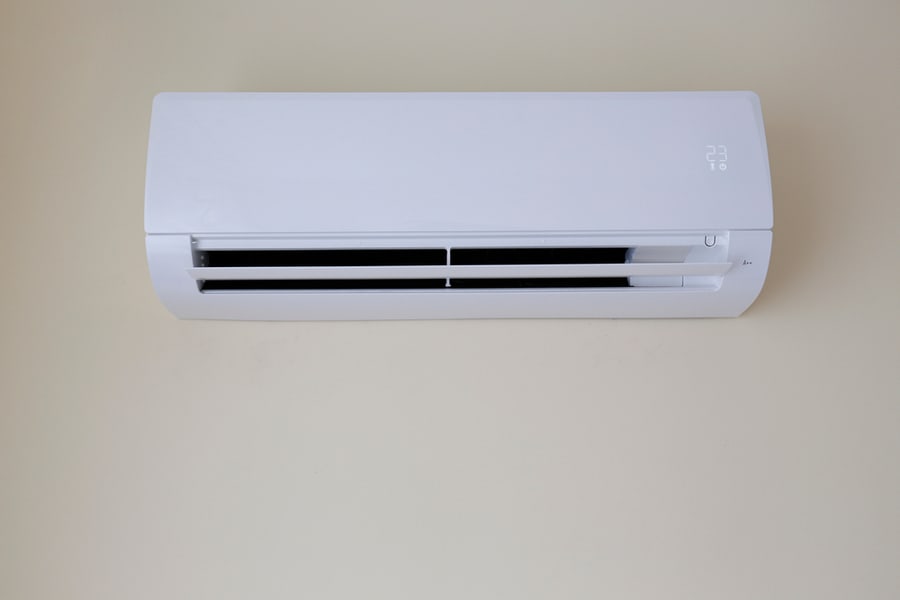
Has your air conditioner’s contactor gone bad? Are you wondering how to check whether it works fine or will fail soon? Let us help you.
Air conditioners are among the most helpful inventions that have made life easy. Now, we can work, walk, and rest peacefully in our homes, even during the hottest summer days, without worrying about heat and sweat.
However, air conditioners can develop problems over time, as with other appliances.
Although some problems are minor and can easily be corrected by simply cleaning the air ducts and filter, others can be really big and can only be treated by a professionally certified technician.
Such big problems, if not cured on time, can lead to many more problems and even deteriorate the appliance’s useful life.
Among many major problems, one is faced with the air conditioner’s contactor. A failed electric contactor will not keep a check and balance on your air conditioner and cannot protect your air conditioner against unusual electric shocks.
The AC contactor allows you to turn on the appliance. When failing, the AC contactor will show signs.
These signs are listed below:
- The AC is continuously running.
- The AC is producing a clicking sound.
- Signs of pitting.
- Deterioration of the unit over time.
- Melting contactor case.
- Humming or chattering sound.
- The AC is not turning on.
This article will explain what an AC contactor is, how it works, how to check it, and what to do if it fails.
What Is an AC Contactor?
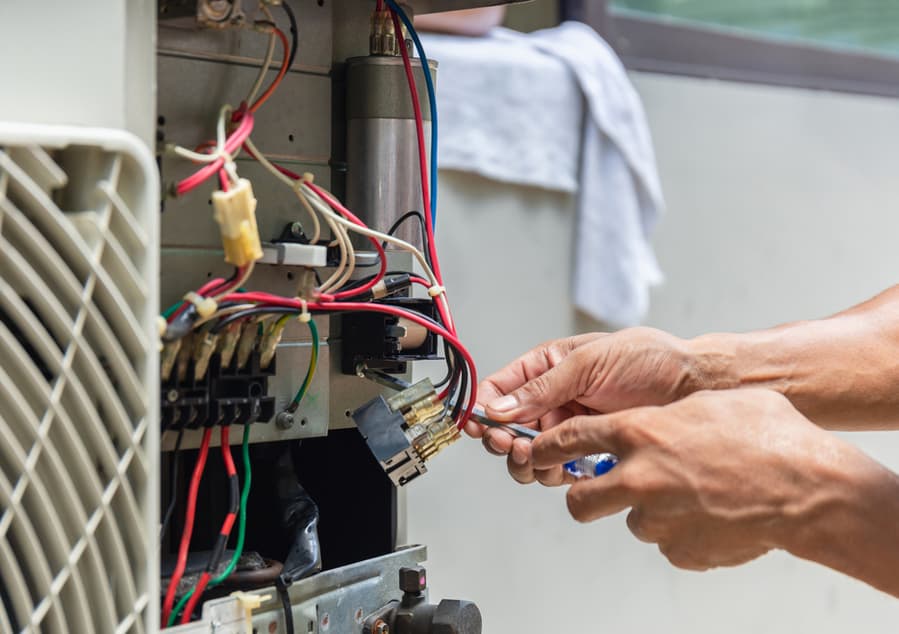
The contactor in an air conditioner is a special safety device used to control, connect, and break the power supply to the air conditioner.
The contractor acts as a switch inside the air conditioner’s outdoor condenser system. It provides power to the compressor and the condenser fan, turning it off and on, helping in the smooth running of the air conditioner.
How Does the AC Contactor Work?

The AC contactor helps regulate the electricity flow inside the air conditioner. It works with the compressor and condenser unit as an electric power switch.
The AC contactor has two latching wires acting as a drawbridge. It must be in contact to let the power flow through, and when not connected, it breaks the supply to the unit.
When the air conditioner is turned on, the AC contactor receives a signal as a low-voltage wave. As the voltage passes through the contactor, it creates a magnetic field around the wires.
This magnetic field closes the circuit hence allowing the electricity to pass through. This process turns on the air conditioner, and it starts functioning.
What Are the Signs of a Failing Contactor?
If you are facing any mechanical failure with your air conditioner or identifying any physical signs of damage to the unit, the culprit behind these problems can be the AC contactor.
To recognize if its the AC contactor or something else, the following are the signs that you may look for:
1. The AC Is Continuously Running
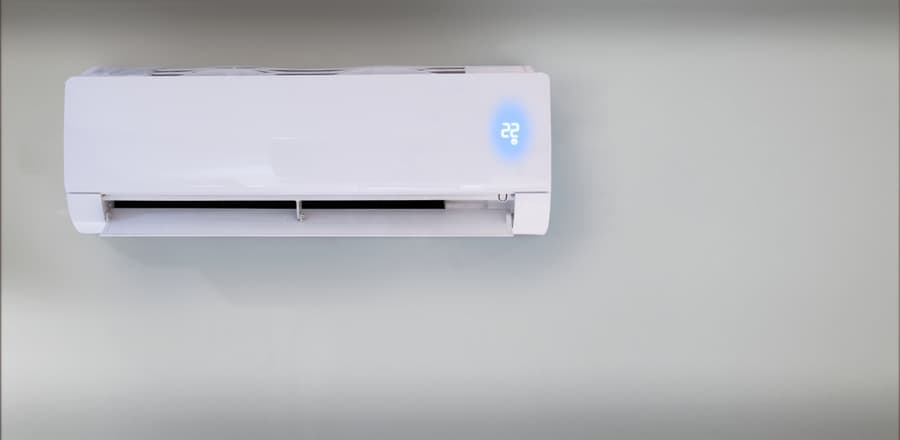
If you have turned off the air conditioner, but it is still running, there might be an issue with the unit’s contactor.
Sometimes, when a contractor goes bad, its wires will get welded together. This closes the circuit and hence fails to turn off the air conditioner.
2. The AC Is Producing a Clicking Sound

Every kind of noise from the air conditioner indicates a problem.
If you detect a clicking sound coming from the inside unit or the outdoor compressor of the air conditioner, it can be a clear sign of an electrical issue with the unit.
The problem can be with the AC contactor, thermostat, compressor, or capacitor.
3. Signs of Pitting
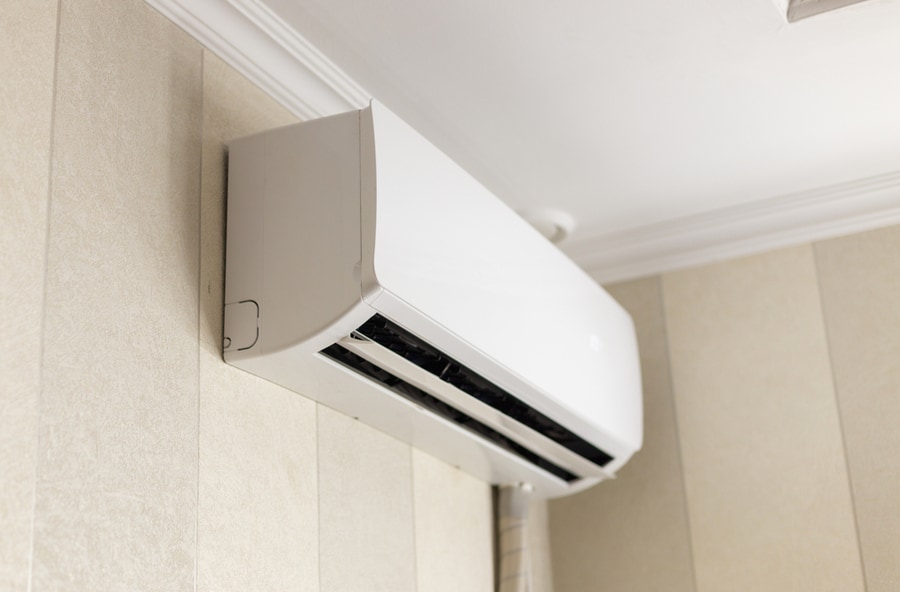
Pitting is a sign of physical deterioration that occurs on the metals. For example, when the AC contactors work under a very high amount of voltage and heat for a long period, they can develop signs of pitting.
These pitted contactors can lead to the failure of the AC unit and also decrease the ability of the air conditioner to cool.
4. Deterioration of the Unit Over Time

As with any other appliance, your air conditioner will get worn out over time due to excess use. The signs of deterioration can be seen in slow cooling and higher vibration. Proper maintenance can help avoid the early signs of deterioration in the unit.
As for the AC contactor, even proper maintenance is insufficient to prevent the effects of an aging air conditioner. Due to continuous use and the effects of time, the wires inside the contactor can go bad, leading to the failure of the contactor.
5. Melting Contactor Casing
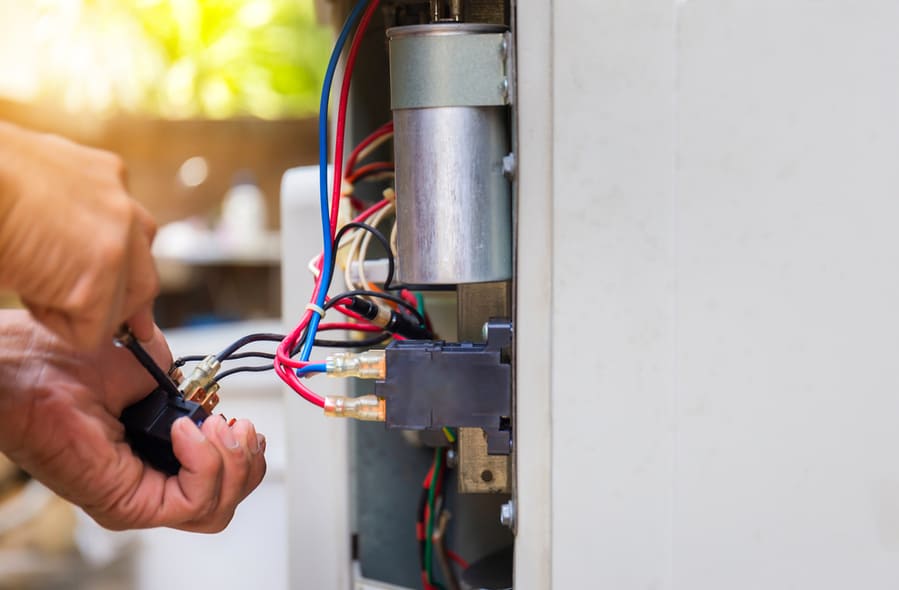
Due to the continuous spark of electricity in the AC contactor, its plastic box will show signs of melting or may also turn brown or charred.
This sometimes is also accompanied by a burning smell and smoke.
6. Humming and Chattering Sound

As the AC contactor, metal coils, and plunger erode over time, they will also loosen as used excessively.
This will cause a vibration in the air conditioner, producing a humming or chattering sound.
7. The AC Is Not Turning On
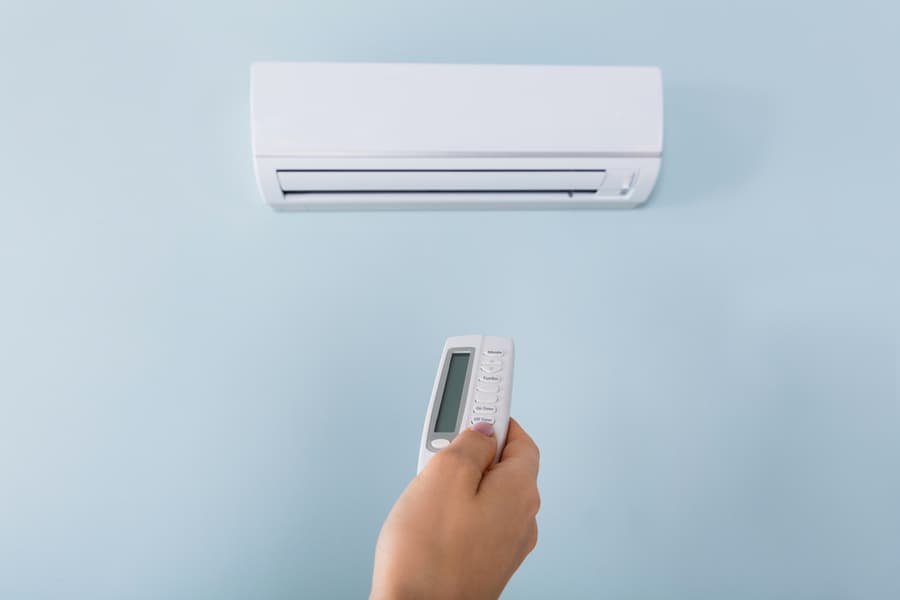
The contactor wires are responsible for transferring electricity to the parts of the air conditioner and turning it on.
If the contactor wires undergo any damage, they will fail to let the voltage pass; hence, the air conditioner will not turn on.
Dust or debris stuck between the contactor in its open position may also hinder its working, not allowing the current to pass through.
How To Check an AC Contactor

If you are facing an electrical issue with your air conditioner, the problem might be its contactor. You can easily check your AC contactor to detect problems before calling an HVAC technician.
To check an AC contactor, you will need a multimeter. Each switch consists of two contactors, one is marked as “L” and the other as “T.”
The voltage feed is provided at line “L,” whereas the terminal “T” is associated with the electric device attached to this contactor switch.
The following are the steps involved in testing an AC contactor:
1. Remove Wires From “L”
Use a screwdriver to remove the wires attached to the “L” side. This will cut off the power to this side. Make sure to mark the lines by numbers to remember their location, such as L1, L2, L3, etc.
2. Remove Wires From “T”
Again, use the screwdriver to remove the wires attached to the “T” side. Please ensure all the wires are detached from the contactor; otherwise, it will give an error in reading. Also, label it as T1, T2, T3, etc.
3. Turn the Control Switch On
You will hear a clicking sound when you turn on the control switch. After the click, a constant humming sound will come from the contactor.
4. Attach the Leads to the Multimeter
Connect the leads to the Multimeter to make it ready to test the contactor. The red lead should go to the ohm connector, while the black one should be attached to the common side.
On turning on the device, when you touch both the leads with each other, the meter will give a reading of “0 Ohms”.
5. Test Each Contactor Line
Use the red lead of the Multimeter to connect it to the L side and the black lead to the T side. Do this for each individually mentioned L1 and T1, L2 and T2, L3, T3, etc.
Each one should give a reading of “0 Ohms”. In case any contactor gives a reading other than 0, it is likely to have failed.
6. Check the Coil Connection
Check the control switch for its coil by cycling the circuit. If it does not produce a clicking sound, you must proceed by checking the coil’s voltage.
7. Check the Voltage of the Coil
You can check the circuit specifications to identify the right voltage for each side. Now, connect the red lead to the volt connector of the Multimeter after switching the meter for volts.
Please turn on the power to the coil and check the voltage through it by connecting it individually for the supplied voltage.
8. Check In Ohms
Use a screwdriver to remove the wires from the coil and switch the Multimeter back to ohms.
Test all the leads to the coil one by one and make sure they are giving the reading between 10 to 100 ohms. If the reading is away from this range, the contactor coil has gone bad.
You can replace the malfunctioning contactor coil individually instead of buying a new contactor. Just make sure the rest of the voltages are working fine with it.
Conclusion
The AC contactor is an important appliance component, often prone to failure due to excess load. Therefore, it is important to detect a failing AC contactor to prevent your appliance from any electrical damage. For that, you will have to look for signs.
The signs of a failing AC contactor are a continuously running air conditioner that is either not turning on or going off. Your air conditioner may also produce a clicking, humming, or chattering sound when facing a problem with its contactor.
If the contactor box is melting or showing pitted spots, this can also indicate a failing contactor. An aging air conditioner can also turn its contactor bad.
Testing the AC contactor using a multimeter before calling a service technician or replacing it with a new one is better.
Frequently Asked Questions
What Is Pitting on an AC Contactor?
Pitting is a degradation process that often happens to metals. Since the contactor contains metal wires, it is also prone to the problem of pitting.
When the AC contactor is exposed to strong voltage for too long, it can show signs of pitting. If you see pitting on your AC contactor, it is time to replace it with a new one.
What Causes a Faulty Contactor?
The following are the causes of a faulty contactor:
- Wearing of the electrical contacts.
- Erosion of the metal due to exposure to moisture or acids.
- Deterioration of the upper layers of the contactor wires.
What Happens if an AC Contactor Goes Bad?
A faulty contactor has a decreased ability to conduct electricity. Since the electrical energy is not conducted properly, it is wasted in producing arcs.
Arcs are bluish-white electric sparks with such high energy that they can melt off the insulation from the cable.
A faulty contactor will lead to a short circuit or a fire hazard if not replaced on time.












